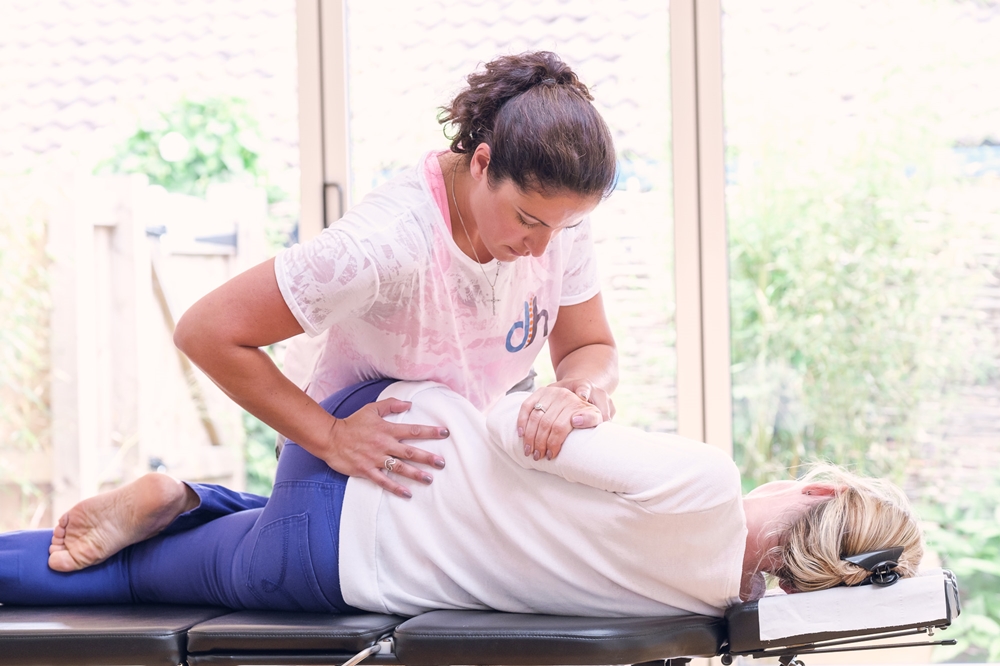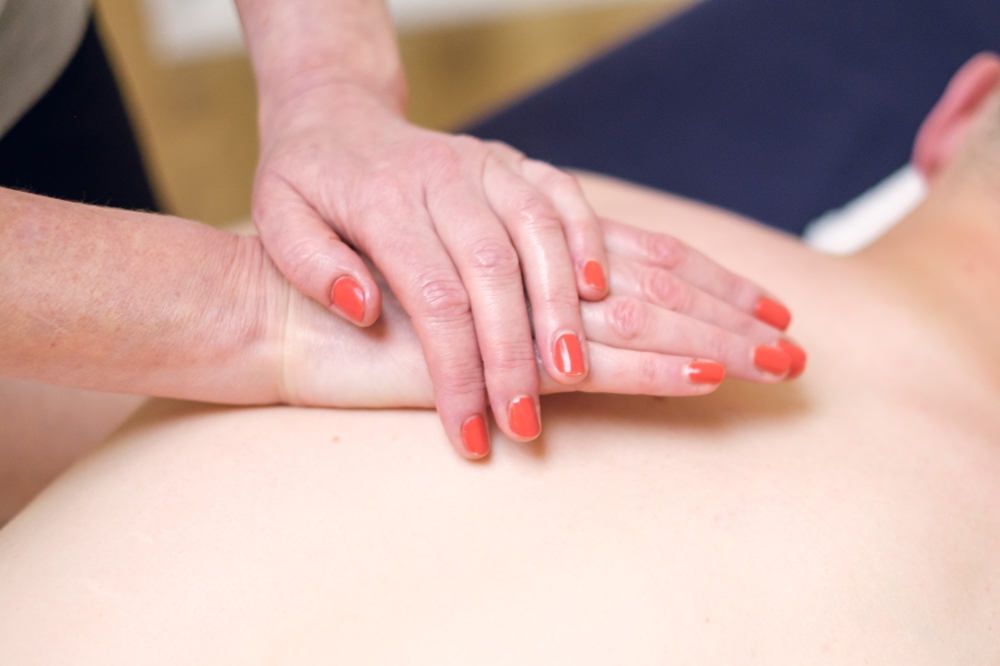Normal blood pressure is vital to life, however, blood pressure can become dangerously high and it can also get too low.
What is blood pressure?
Blood pressure is what allows oxygen and nutrients to move through our circulatory systems and is the force that moves it. It’s an important force because oxygen and nutrients would not be pushed around our circulatory system to nourish tissues and organs without blood pressure.
Blood pressure is also vital because it delivers white blood cells and antibodies for immunity and hormones such as insulin. Just as important as providing oxygen and nutrients, the fresh blood that gets delivered is able to pick up the toxic waste products of metabolism, including the carbon dioxide we exhale with every breath and the toxins we clear through our liver and kidneys.
Blood itself carries a number of other properties, including its temperature. It also carries one of our defenses against tissue damage, the clotting platelets that prevent blood loss following injury.
But what exactly is it that causes blood to exert a pressure in our arteries? Part of the answer is simple – the heart creates blood pressure by forcing out blood when it contracts with every heartbeat. Blood pressure, however, cannot be created solely by the pumping heart.
Function
Our circulation is similar to a highly sophisticated form of plumbing – blood has ‘flow’ and arteries are ‘pipes’.’
A basic law of physics gives rise to our blood flow and this law also applies in a garden hose pipe. Blood flows through our body because of a difference in pressure.
Our blood pressure is highest at the start of its journey from our heart – when it enters the aorta – and it is lowest at the end of its journey along progressively smaller branches of arteries. That pressure difference is what causes blood to flow around our bodies.
Arteries affect blood pressure in a similar way to the physical properties of a garden hose pipe affecting water pressure. Constricting the pipe increases pressure at the point of constriction.
Without the elastic nature of the artery walls, for example, the pressure of the blood would fall away more quickly as it is pumped from the heart.
While the heart creates the maximum pressure, the properties of the arteries are just as important to maintaining it and allowing blood to flow throughout the body.
The condition of the arteries affects blood pressure and flow and narrowing of the arteries can eventually block the supply altogether, leading to dangerous conditions including stroke and heart attack.
Measurement
The device used to measure blood pressure is a sphygmomanometer, it consists of a rubber armband (the cuff that is inflated by hand or machine pump).
Once the cuff is inflated enough to stop the pulse, a reading is taken, either electronically or on an analogue dial.
The reading is expressed in terms of the pressure it takes to move mercury round a tube against gravity. This is the reason for pressure being measured using the unit millimeters of mercury, abbreviated to mm Hg.
Readings
A stethoscope identifies the precise point when the pulse sound returns and the pressure of the cuff is slowly released. Using the stethoscope enables the person measuring the blood pressure to listen out for two specific points. Blood pressure readings consist of two figures:
- systolic pressure is the higher figure caused by the heart’s contraction
- diastolic pressure is the lower pressure in the arteries, during the brief ‘resting’ period between heartbeats.
The reading is given as, for example, 140 over 90mmHg.
Range
The NHS cite normal blood pressure to be below 120mmHg systolic and 80mmHg diastolic.
As a general guide:
- ideal blood pressure is considered to be between 90/60mmHg and 120/80mmHg
- high blood pressure is considered to be 140/90mmHg or higher
- low blood pressure is considered to be 90/60mmHg or lower.
However, blood pressure changes naturally and can have marked short term fluctuations occurring within a 24 hour period eg beat to beat, minute to minute, hour to hour and day to night changes. There can also be long term fluctuations occurring over more prolonged periods of time, for example days, weeks, months, seasons and even years.
If you have any concerns about your blood pressure, speak with your doctor.
Tips
The guidelines for doctors list the following measures patients can take to help keep a healthy blood pressure:
- keep a healthy body weight
- eat a diet rich in fruits and vegetables
- cut down on sodium, or salt, in the diet
- take regular aerobic exercise, such as brisk walking, for at least 30 minutes a day, most days of the week
- moderate alcohol intake – men should drink fewer than 2 alcoholic beverages a day and women and men with a lower body weight should consume a maximum of one alcoholic drink a day.
Taking these steps can reduce the risk of health problems further down the line.
Check our Instagram and Facebook pages throughout the month for our Top Tips.
equired.
Check our Instagram and Facebook pages throughout the month for our Top Tips for exercises that might help give some relief for TMJ pain.


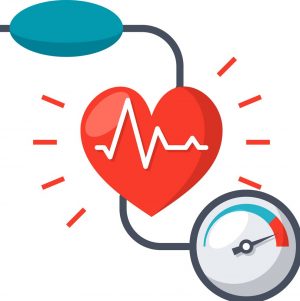
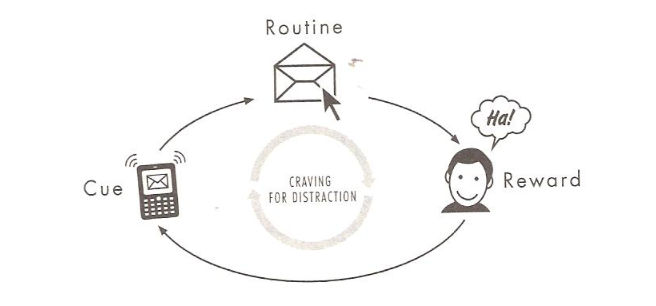
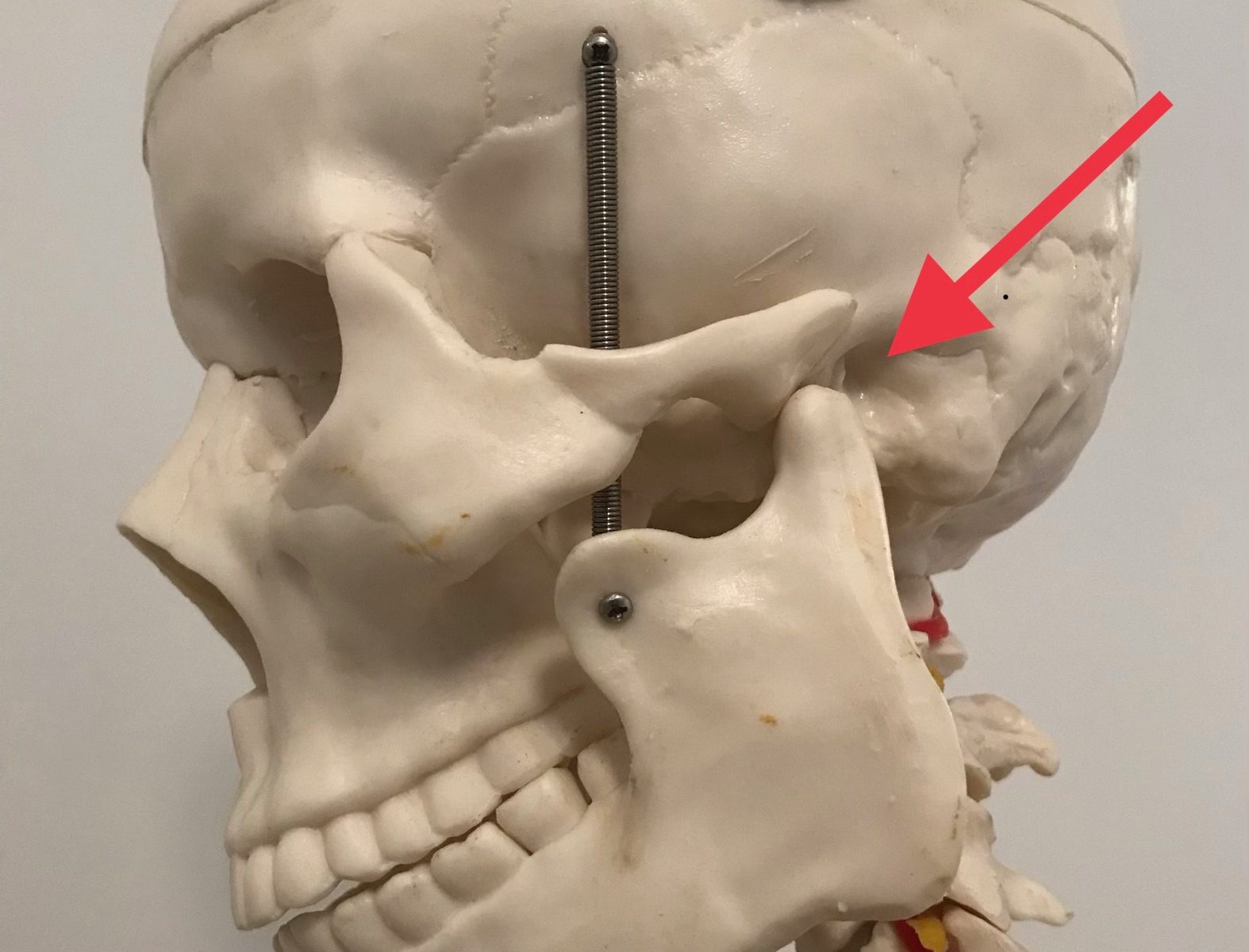

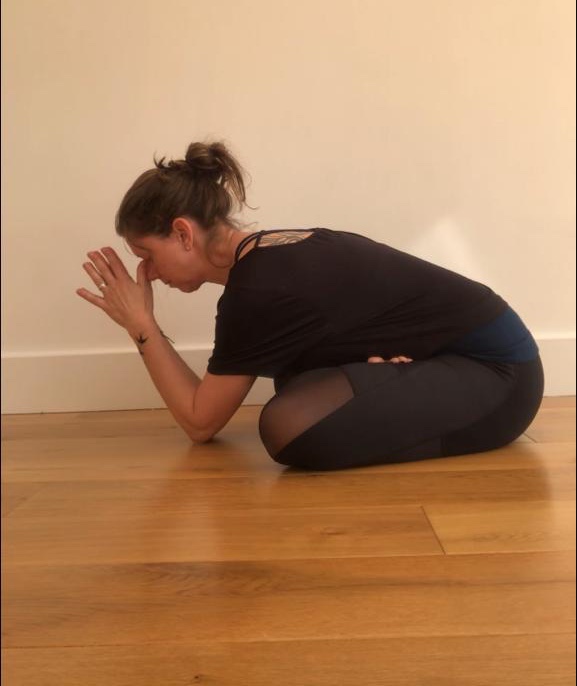
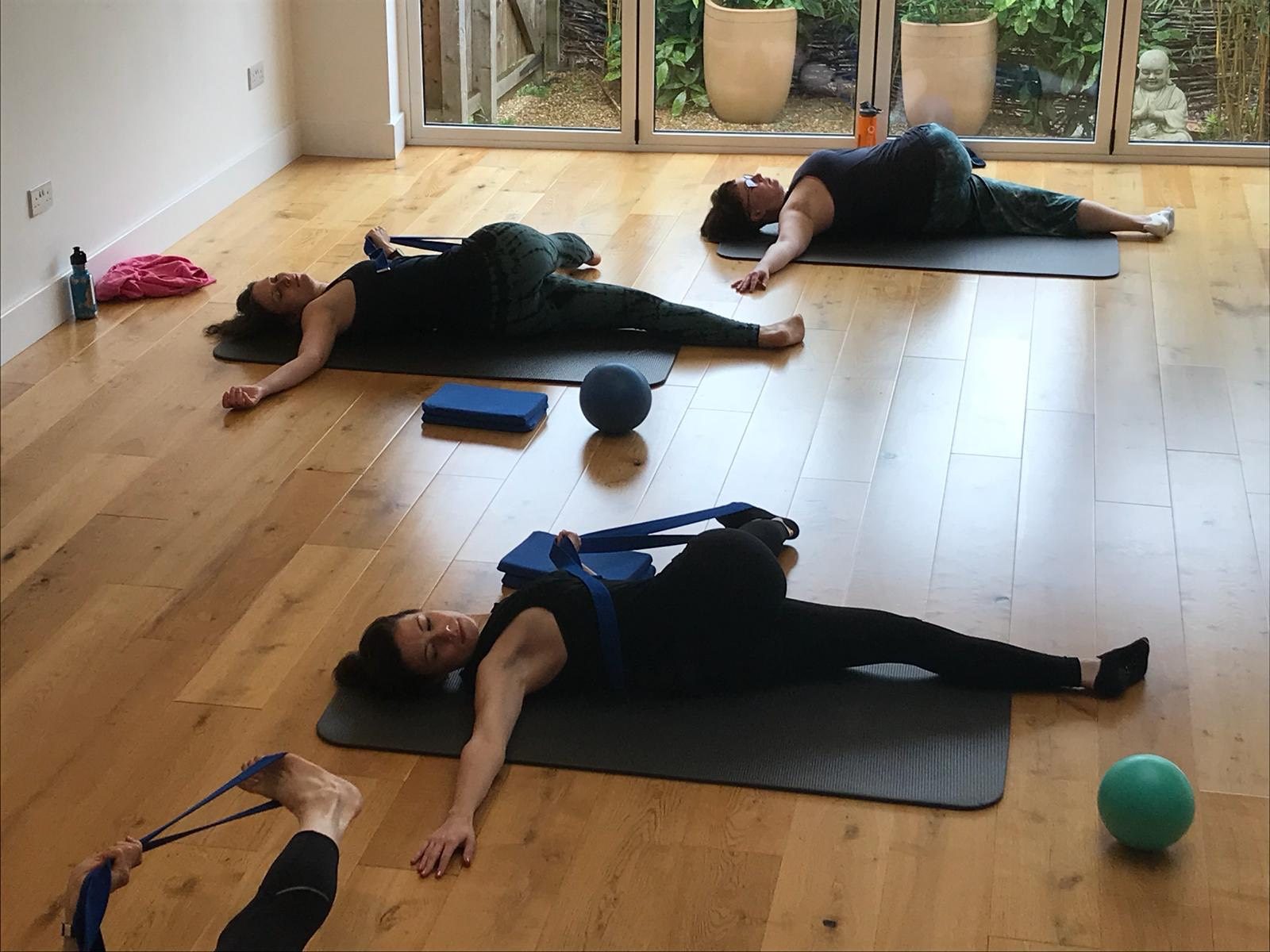
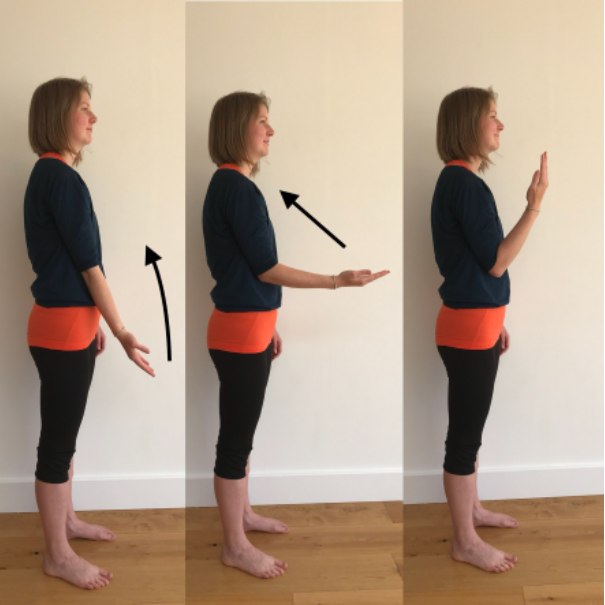
 Wrist active range of motion, flexion and extension:
Wrist active range of motion, flexion and extension: Wrist stretch: Press the back of the hand on your injured side with your other hand to help bend your wrist. Hold for 15 to 30 seconds. Next, stretch the hand back by pressing the fingers in a backward direction. Hold for 15 to 30 seconds. Keep the arm on your injured side straight during this exercise. Do 3 sets.
Wrist stretch: Press the back of the hand on your injured side with your other hand to help bend your wrist. Hold for 15 to 30 seconds. Next, stretch the hand back by pressing the fingers in a backward direction. Hold for 15 to 30 seconds. Keep the arm on your injured side straight during this exercise. Do 3 sets.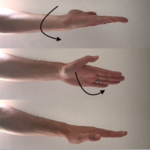 Forearm pronation and supination: Bend the elbow of your injured arm 90 degrees, keeping your elbow at your side. Turn your palm up and hold for 5 seconds. Then slowly turn your palm down and hold for 5 seconds. Make sure you keep your elbow at your side and bent 90 degrees while you do the exercise. Do 2 sets of 15.
Forearm pronation and supination: Bend the elbow of your injured arm 90 degrees, keeping your elbow at your side. Turn your palm up and hold for 5 seconds. Then slowly turn your palm down and hold for 5 seconds. Make sure you keep your elbow at your side and bent 90 degrees while you do the exercise. Do 2 sets of 15.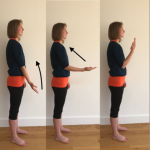 Active elbow flexion and extension: Gently bring the palm of the hand on your injured side up toward your shoulder, bending your elbow as much as you can. Then straighten your elbow as far as you can. Repeat 15 times. Do 2 sets of 15.
Active elbow flexion and extension: Gently bring the palm of the hand on your injured side up toward your shoulder, bending your elbow as much as you can. Then straighten your elbow as far as you can. Repeat 15 times. Do 2 sets of 15.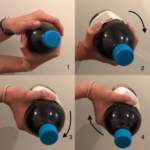 Eccentric wrist flexion: Hold a can, bottle or hammer handle in the hand of your injured side with your palm up. Use the hand on the side that is not injured to bend your wrist up. Then let go of your wrist and use just your injured side to lower the weight slowly back to the starting position. Do 3 sets of 15. Gradually increase the weight you are holding.
Eccentric wrist flexion: Hold a can, bottle or hammer handle in the hand of your injured side with your palm up. Use the hand on the side that is not injured to bend your wrist up. Then let go of your wrist and use just your injured side to lower the weight slowly back to the starting position. Do 3 sets of 15. Gradually increase the weight you are holding. Eccentric wrist extension: Hold a can, bottle or hammer handle in the hand of your injured side with your palm facing down. Use the hand on the side that is not injured to bend your wrist up. Then let go of your wrist and use just your injured side to lower the weight slowly back to the starting position. Do 3 sets of one and gradually increase the weight you are holding.
Eccentric wrist extension: Hold a can, bottle or hammer handle in the hand of your injured side with your palm facing down. Use the hand on the side that is not injured to bend your wrist up. Then let go of your wrist and use just your injured side to lower the weight slowly back to the starting position. Do 3 sets of one and gradually increase the weight you are holding.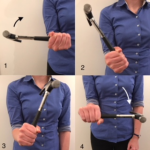 Forearm pronation and supination strengthening:
Forearm pronation and supination strengthening: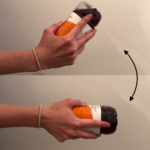 Wrist radial deviation strengthening: Put your wrist in the sideways position with your thumb up. Hold a can, bottle or a hammer handle and gently bend your wrist up. Do not move your forearm throughout this exercise. Do 2 sets of 15.
Wrist radial deviation strengthening: Put your wrist in the sideways position with your thumb up. Hold a can, bottle or a hammer handle and gently bend your wrist up. Do not move your forearm throughout this exercise. Do 2 sets of 15. Wrist exension with broom handle: Stand up and hold a broom handle in both hands. With your arms at shoulder level, elbows straight and palms down, roll the broom handle backward in your hand. Do 2 sets of 15.
Wrist exension with broom handle: Stand up and hold a broom handle in both hands. With your arms at shoulder level, elbows straight and palms down, roll the broom handle backward in your hand. Do 2 sets of 15.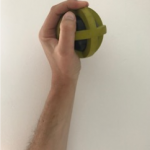 Grip strengthening: Squeeze a soft rubber ball and hold the squeeze for 5 seconds. Do 2 sets of 15.
Grip strengthening: Squeeze a soft rubber ball and hold the squeeze for 5 seconds. Do 2 sets of 15.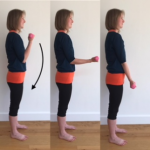 Resisted elbow flexion and extension: Hold a can of soup with your palm up. Slowly bend your elbow so that your hand is coming toward your shoulder. Then lower it slowly so your arm is completely straight. Do 2 sets of 15. Slowly increase the weight you are using.
Resisted elbow flexion and extension: Hold a can of soup with your palm up. Slowly bend your elbow so that your hand is coming toward your shoulder. Then lower it slowly so your arm is completely straight. Do 2 sets of 15. Slowly increase the weight you are using.
